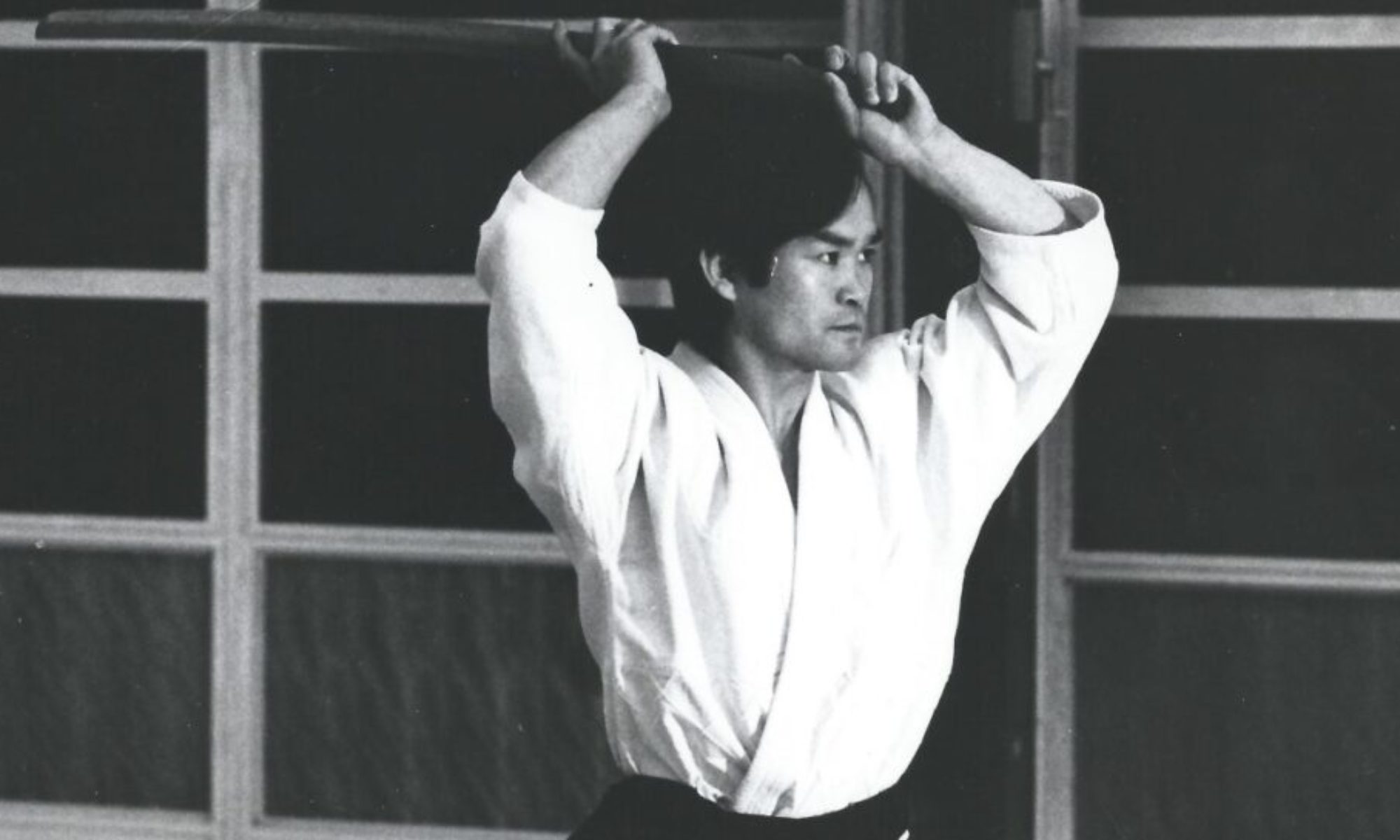By Liese Klein, New Haven Aikikai
“If it looks pretty, it’s not Aikido. You have to have tension.”
That is just one of the many thought-provoking asides offered by Piotr Masztalerz Sensei of Wroclaw Aikikai last month at a dynamic seminar at Brooklyn Aikikai. Masztalerz, rokudan Shidoin and a leader of Polish Birankai, brought his innovative approach to ukemi, technique and weapons to the U.S. for the first time at a major seminar.
Masztalerz studied intensively with Chiba Sensei both as an uchideshi in San Diego in the early 2000s and as a leader of European Birankai who attended many seminars and hosted him for several large camps in Poland.
With a large full-time dojo and hundreds of students, Masztalerz devotes himself to all of the elements of Birankai Aikido practice, with a special emphasis on the study of ukemi. His home base of Wroclaw (pronounced “vrots-wahf”) in western Poland hosts a lively scene that brings together actors, dancers, motorbike drivers and a range of martial artists in the study of movement at Wroclaw Aikikai.
Ukemi should be challenging and gymnastic at all levels in Aikido, Masztalerz says, with the intent of freeing up the body’s potential and exploring the art on a deeper level. Beginners need to learn practical falling skills from the very beginning or they won’t come back, he adds. Also important is that senior students push themselves at all ages to maintain their conditioning and try new ways of taking ukemi and executing techniques.
“It’s very important for people with experience to challenge themselves with ukemi,” Masztalerz says. “Ukemi is very physical, so you have to be fit. As soon as you feel like you already know it, you’re dead.”
Stay tuned for a longer interview with Masztalerz Sensei here in coming weeks; see more videos at the Birankai Aikido Video Channel and the New Haven Aikikai Video Channel on Youtube. Find out more about his book in Polish about his lifelong study of Aikido here.
